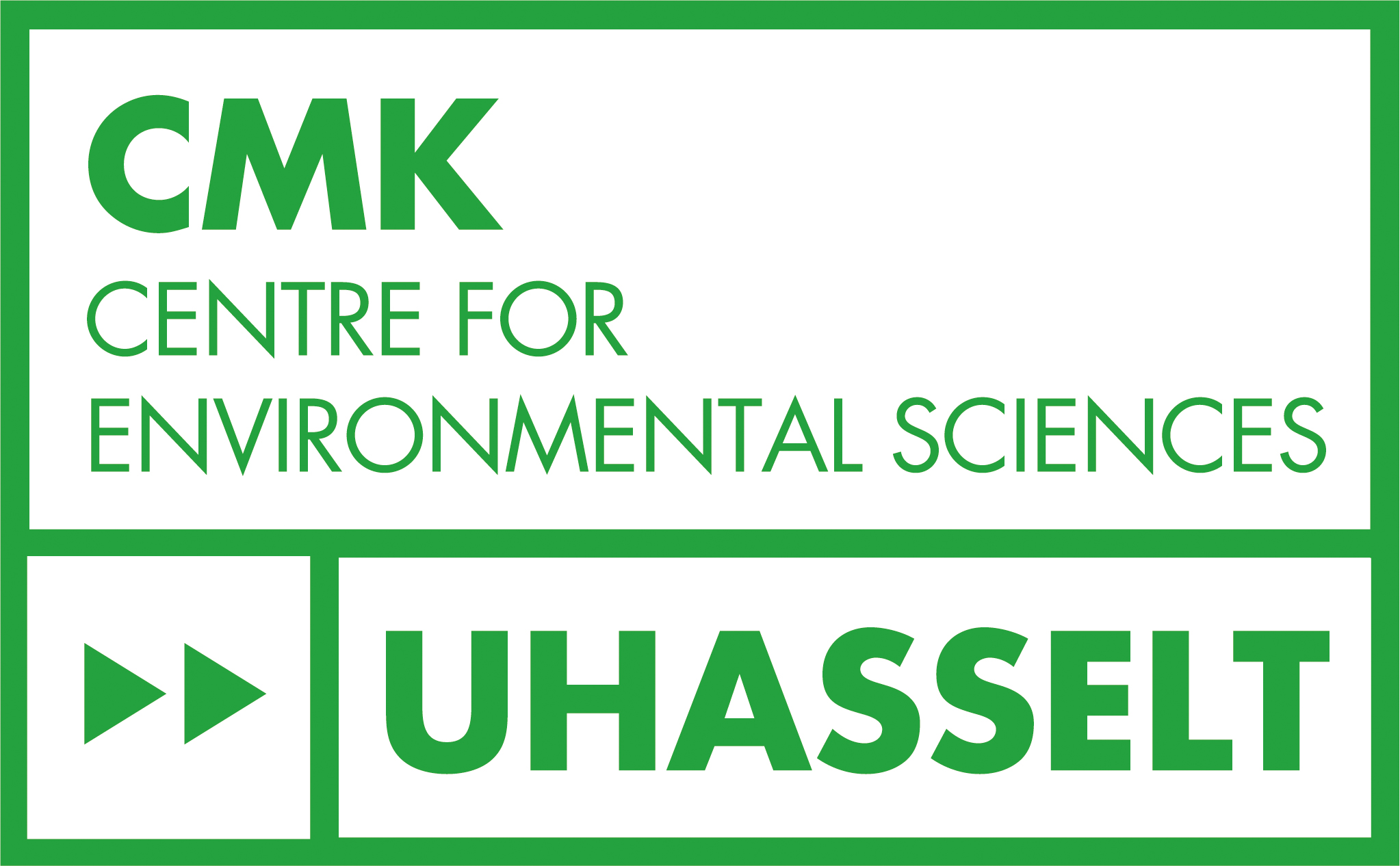GreenBrain


GreenBrain
Previous research has already shown that exposure to nature, including green environments, is associated with improved health and well-being in children. Within the GreenBrain project, the underlying mechanisms of this relationship and its value to children are being further investigated. Conducted by the Center for Environmental Science, this project is an interdisciplinary collaboration between the environmental biology and environmental economics research groups. Together they are studying the action, response and course of certain stress mechanisms and how this knowledge can be integrated into policy.
To investigate the operation of certain specific cardiovascular mechanisms related to stress, children who are part of the ongoing Limburg birth cohort ENVIRONAGE are being studied. Within this cohort, mother-child pairs are followed up from birth and different aspects of health are studied at specific return moments in relation to factors such as exposures from their environment and lifestyle. For example, participants are invited back when the child is between 4-6 years old and 9-11 years old.
Moreover, in children between 9 and 11 years old, the GreenBrain project examines how certain factors related to stress change throughout the day, in relation to different exposures and activities. To assess this, participating children are given the opportunity to wear an advanced smartwatch for 7 days. This watch is capable of monitoring a wide range of cardiovascular parameters. This also gives children the opportunity to see for themselves how these indicators change. Finally, several laboratory measurements are also performed on samples from the children to study biological mechanisms in detail.
Finally, to better integrate the benefits of green environment into policy making, the GreenBrain project is also investigating the value of green environment for children. To this end, the researchers are using questionnaires in a number of Flemish elementary school to collect information about children in the 4th, 5th and 6th grade and their parents. This information forms the basis for studying whether children become happier with green surroundings and whether there is variation for different types of greenery. This is then used to calculate how much money policymakers should ideally spend on green environments. Green environment includes green space near the place of residence as well as that on the playground and around the children's school.
Would you like to participate in our study?
GreenBrain project

